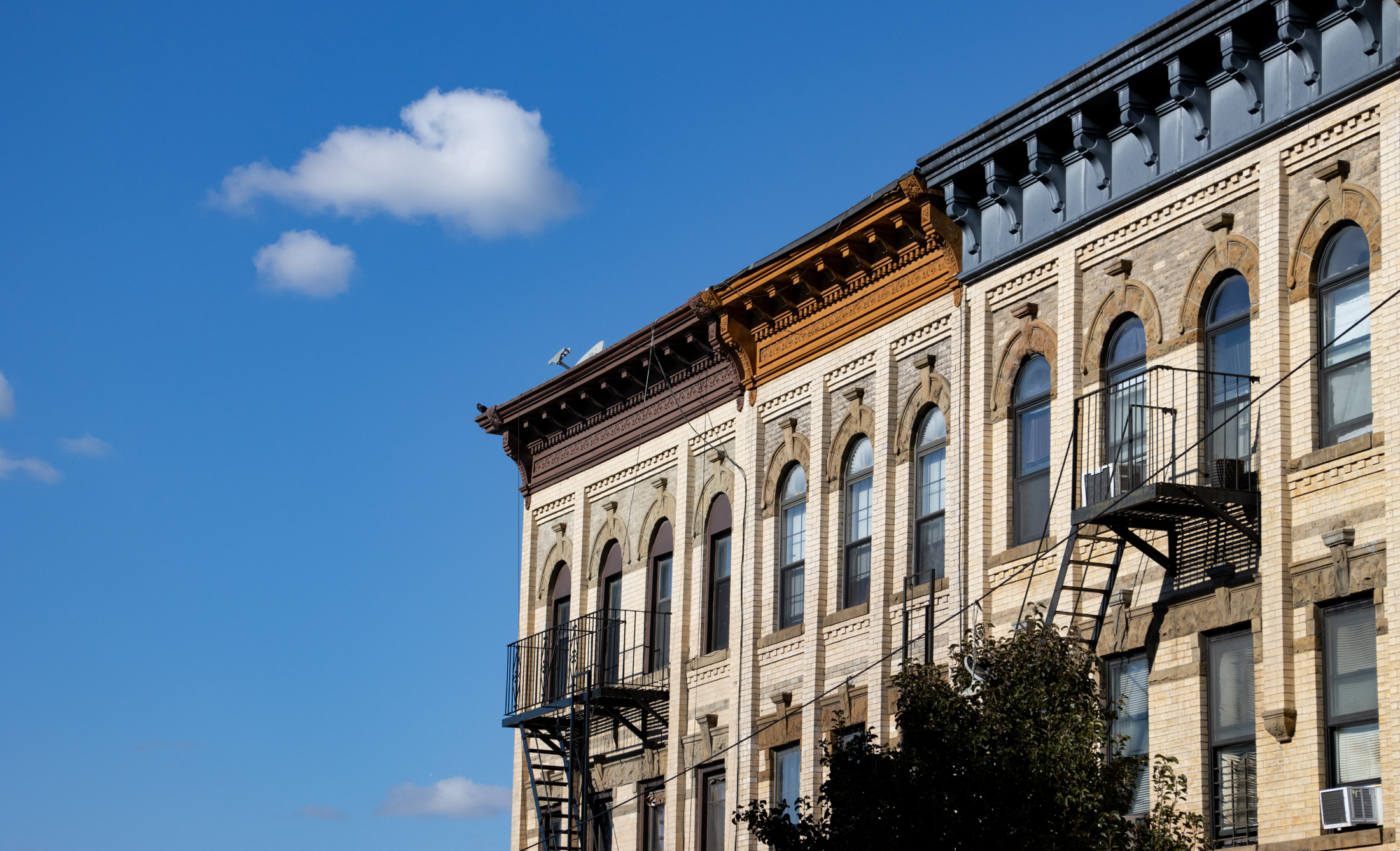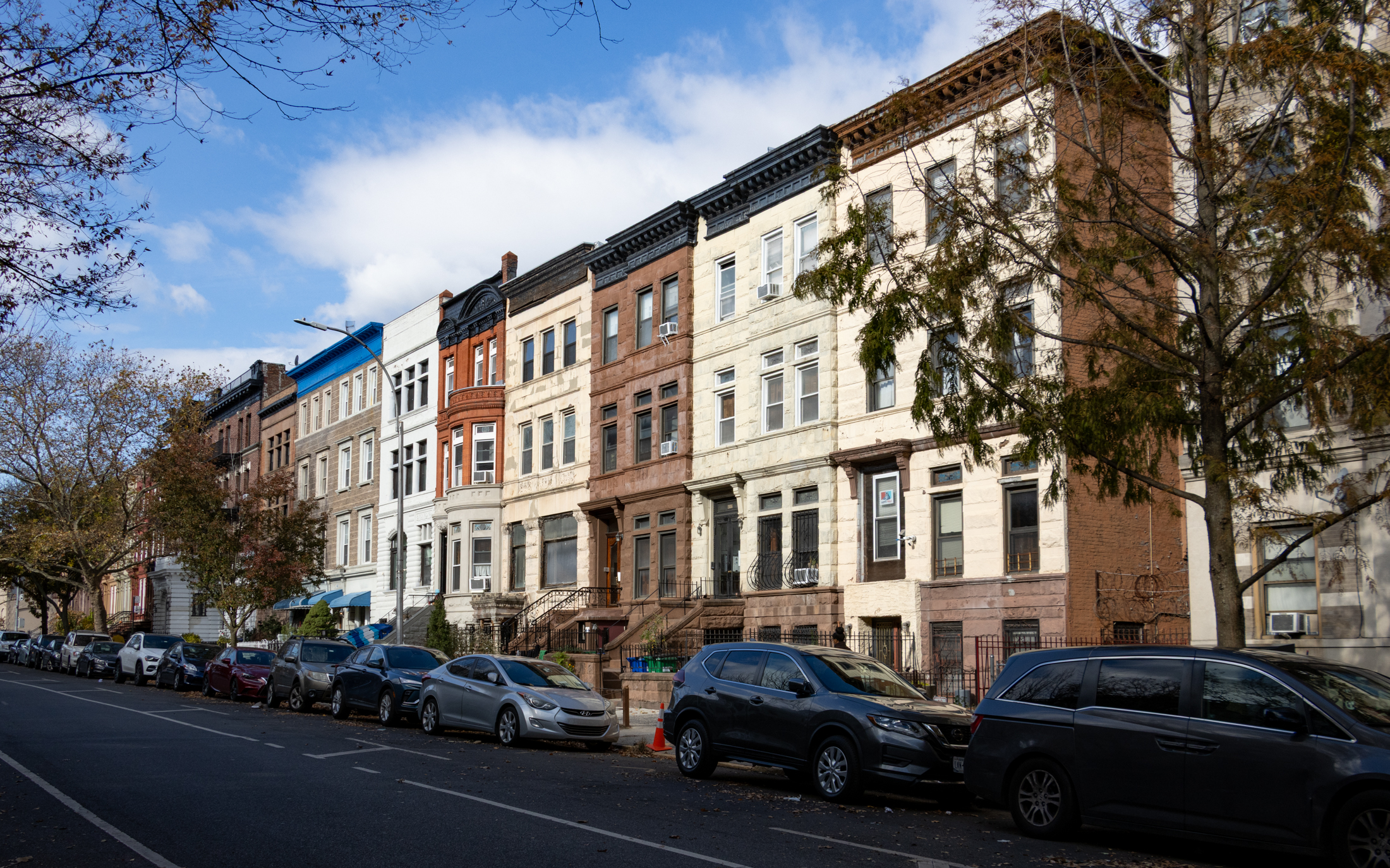Red Hook Grain Terminal To Be Concrete Plant?
It’s been more than four decades since the silos at the end of Columbia Street in Red Hook held any grain in them but at a time that the rest of the neighborhood is brimming with new large-scale commercial enterprises (think Fairway and Ikea) the owner of the site is seeking approval to turn it…


It’s been more than four decades since the silos at the end of Columbia Street in Red Hook held any grain in them but at a time that the rest of the neighborhood is brimming with new large-scale commercial enterprises (think Fairway and Ikea) the owner of the site is seeking approval to turn it into a concrete production and cement storage facility. As reported in The Brooklyn Paper three weeks ago, John Quadrozzi Jr., president of the Gowanus Industrial Park, has applied for approval from the Department of Environmental Conservation; he estimates that the silos could hold 70,000 tons of cement. There are some deteriorated parts that are going to be removed, but the structure itself is like a bomb shelter, he said. The site has also been the holy grail for local photobloggers, several of whom risked life and limb (and arrest) back in January to sneak into the plant. Jake Dobkin, publisher of Gothamist.com, documented the outing on his person blog bluejake.com (where the above photo comes from). There are very few spots that I would risk getting arrested to photograph, he said, but this is one of them.
For a Rusty Industrial Relic, a Bid for Revival [NY Times] GMAP
Red Hook Grain Terminal Looks to Cement a Future [Gothamist]
‘Concrete’ Plans [Brooklyn Paper]
Photos of the Grain Terminal:
Bluejake
f.trainer
mercurialn
e-liz
gowanus





5:57,
Who knows what the solution is? frankly, I’m not afraid of concrete. but the city planning commision, which is the group that is supposed to be in charge of keeping incompatible uses apart is perhaps the most pathetic, dysfunctional, and worthless of all city agencies. they long ago relegated their role of protecting and shaping the built environment to the lanmdarks commission, an agency one-twentieth the size. so its anything goes as far as the mix of uses in NY.
I’m sorry, I should have written that there is a big difference between building a housing project next to a long abandoned grain terminal and next to a concrete facility. But rather than arguing about the relative hazzards of breathing in silica verses grain dust, I’ll ask again if you have any solution to this problem. Because I don’t believe that low income means that you have to breath in silica dust all day especially when it could be easily prevented. There are lots of other uses for a grain terminal.
4:29, I’m not sure I agree, first of all grain storage is no without hazards. massive explosions happen in grain silos due to the combustible nature of grain dust. That stuff is not good to breathe in either and of course it attracts bugs and vermin on an industrial scale.
Agreed 3:50. But the city is not going to move the housing projects, are they? And there is a big difference between building a housing project next to a grain terminal and having one next to a concrete production/storage plant. So how do you propose we fix this problem? I’m not sure myself, but I am sure that concrete production in that area is a bad idea.
Right you are, 3:26. Thanks for catching that.
Actually 3:32, it is the other way around, the poor neighborhood was dumped into the industrial area.
There has been heavy-duty industry here since at least the Civil War days.
It never ceases to amaze me how cavalierly people try to dump shit like this into poor neighborhoods. who gives a crap if they all die of cancer from breathing in silica dust and all the rest of it.
Brownstoner, these articles don’t say anything about cement production. Only cement storage and concrete production which is vastly different than cement production. Although still and all around bad idea to have this facility so close to ball fields, food stands, and the housing projects.
Give me a break! Cement production creates an incredible amount of pollution not to mention greenhouse gases like carbon dioxide. Here is a list of just some of the pollutants that would be wafting over the ball fields and the surrounding Brooklyn area.
Particulate Matter
Nitrogen Oxides (NOx)
Sulphur Oxides (SOx)
Carbon Monoxide (CO)
Volatile Organic Compounds (VOC) – e.g. Benzene, Toluene, Ethylenebenzene, Xylene. Ammonia (NH3)
Greenhouse Gases:
Carbon Dioxide (CO2),
Methane (CH4)
Nitrous Oxide (N2O)
Other Substances:
Acidic Compounds – e.g. Hydrogen Chloride (HCl), Hydrogen Fluoride (HF), Sulphuric Acid (H2SO4)
Heavy Metals – e.g. Arsenic (As), Cadmium (Cd), Chromium (Cr), Lead (Pb), Mercury (Hg), and Nickel (Ni)
Organic Compounds – e.g. Polychlorinated Dibenzo-p-dioxins (PCDD), Polychlorinated Dibenzofurans (PCDF), Polychlorinated Biphenyls (PCBs), Hexachlorobenzene (HCB), Polycyclic Aromatic Hydrocarbons (PAHs)